EU-Vietnam free trade deal beginning to fulfil promise
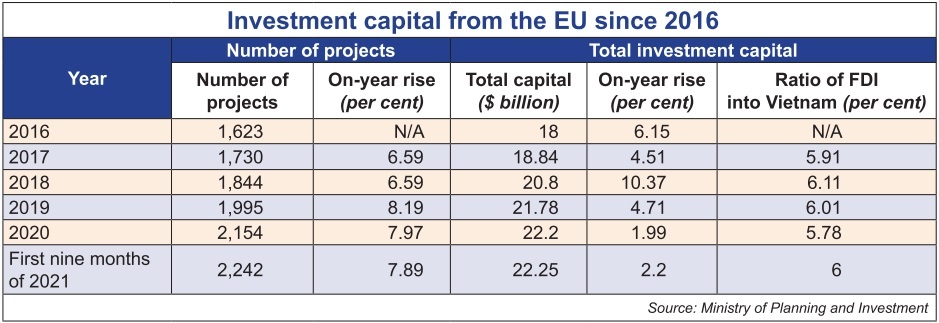 |
Giorgio Aliberti, EU Ambassador to Vietnam, said that since the entry into force of the EU-Vietnam Free Trade Agreement (EVFTA) in August 2020, “the benefits and opportunities of this important trade agreement are undeniable.”
“We have received much positive feedback so far. The EVFTA has proven to create a wider positive impact on the Vietnamese economy. Attraction of capital, technologies, and expertise has been triggered thanks to this ambitious trade agreement,” Aliberti said.
The Vietnamese government last week sent a report on Vietnam’s EVFTA implementation to the 15th National Assembly which will discuss its effects over the next few weeks.
According to the report, the EVFTA has helped Vietnam attract more investment from EU member states which are considering the country a lucrative investment destination in ASEAN.
As of late September, Vietnam had 2,242 valid investment projects from the EU, registered at $22.24 billion, accounting for 5.58 per cent of all registered foreign investment capital in Vietnam. Since the EVFTA took effect, Vietnam has attracted 164 projects with total committed capital of $483 million.
Leading investors included the Netherlands (382 projects with $10.36 billion or 46.5 per cent of total EU investment in Vietnam), France (632 projects at $3.62 billion or 16.55 per cent of total EU investment in Vietnam), and Germany (405 projects with $2.25 billion or 10.13 per cent of total EU investment in Vietnam).
The government report noted that a number of major groups from the EU are effectively operating in Vietnam such as Shell Group, Total Elf Fina, Daimler Chrysler, Siemens, and Alcatel Comvik. EU investment is largely focused on high-tech industrial sectors – however, it has recently been more centred on services, clean energy, supporting industries, food processing, high-tech agriculture, and pharmacy.
“It is forecast that direct investment flows from the EU into Vietnam will significantly increase in the medium and long term, with many high-quality projects,” said the report.
Pham Thai Lai, president and CEO of Siemens ASEAN and Vietnam, told VIR that the EVFTA is a great foundation to further boost trade, attract more investment, create more jobs, and foster sustainable development between the EU and Vietnam.
“I strongly believe that we can expect robust investment growth from the EU to Vietnam and a substantial increase in exports from Vietnam to the EU as a result of the removal of over 99 per cent of tariffs on goods traded between the two,” Lai said.
Furthermore, he said, Vietnam’s commitment to ensure a more open and transparent business environment will help to increase the investment flow from high-valued projects of the EU in Vietnam. This will enable Vietnam to become a hub for trade and investment activities of the EU in the Southeast Asia.
“The increase in value chains and value-added services will support the country in restructuring its economic growth model and will be a key driver for the country’s ambition to become an industrialised nation in the near future,” Lai added.
Minister of Industry and Trade Nguyen Hong Dien reported that after over one year of implementing the EVFTA, despite massive difficulties caused by the pandemic, the total export-import turnover between Vietnam and the EU hit $54.6 billion, up 11.9 per cent on-year. In which, Vietnam’s export turnover reached $38.5 billion, up 11.3 per cent, and its import value sat at $16.2 per cent, a 12.4 per cent rise.
In the first nine months of this year, enterprises from Vietnam earned $12.43 billion from shipping goods to the EU, up 17.5 per cent on-year, and spent $28.8 billion on imports from the EU, a rise of 11.5 per cent over the same period last year.
Vietnam’s key exports to the EU include mobile phone and spare parts; computers; electronics and spare parts; footwear; textiles and garments; machinery and equipment; and steel products.
According to European Commission’s figures, the EVFTA could boost Vietnam’s booming economy by 15 per cent of GDP, with Vietnamese exports to Europe growing by over one-third. For the EU, the agreement is an important stepping stone to a wider EU-Southeast Asia trade deal.
After the agreement’s entry into force, 65 per cent of duties for EU exports to Vietnam disappeared, and the remainder will be phased out gradually over a period of up 10 years.
What the stars mean:
★ Poor ★ ★ Promising ★★★ Good ★★★★ Very good ★★★★★ Exceptional
Themes: EVFTA & EVIPA
Related Contents
Latest News
More News
- Negotiations over payment agreement for LNG power stuck in deadlock (April 23, 2024 | 18:02)
- Masan completes $250-million equity raise from Bain Capital (April 23, 2024 | 17:37)
- Amata City Ha Long marks six years of development (April 23, 2024 | 17:00)
- Taiwan's Giant Group to build $120 million bicycle factory in Binh Duong (April 23, 2024 | 15:02)
- Nvidia delegation to explore opportunities in Vietnam (April 23, 2024 | 08:30)
- China's BOE builds $275 million electronics factory in Ba Ria-Vung Tau (April 22, 2024 | 10:44)
- Suntory PepsiCo breaks ground on its largest Asia-Pacific plant in Vietnam (April 22, 2024 | 08:53)
- New Hope ceases Binh Dinh pig-breeding project (April 19, 2024 | 18:34)
- Localities get ready for fourth FDI boom (April 19, 2024 | 16:41)
- Japanese retailer Takashimaya to advance project in Hanoi (April 19, 2024 | 11:31)

 Tag:
Tag: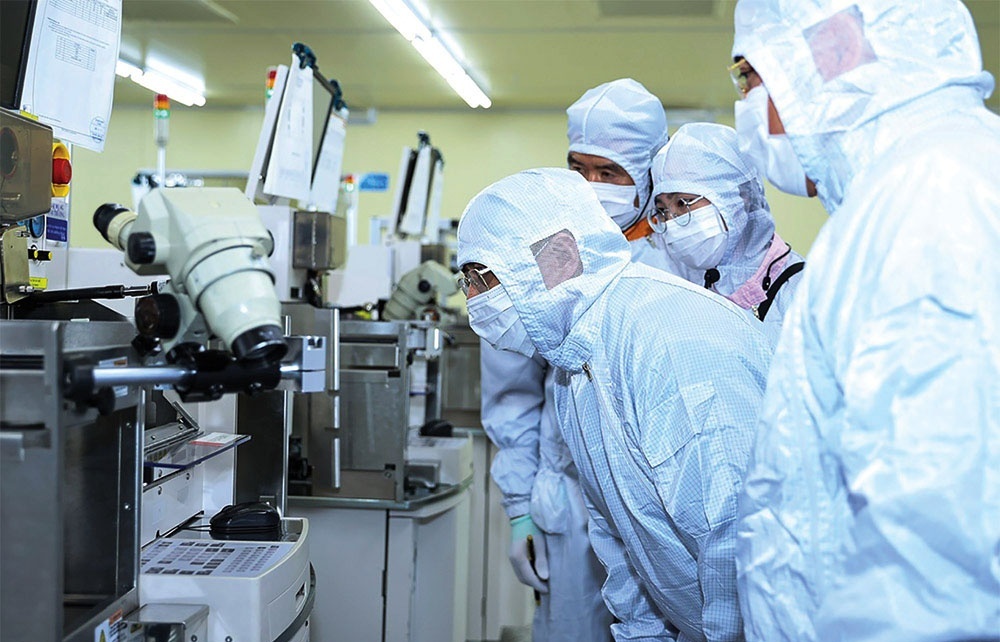

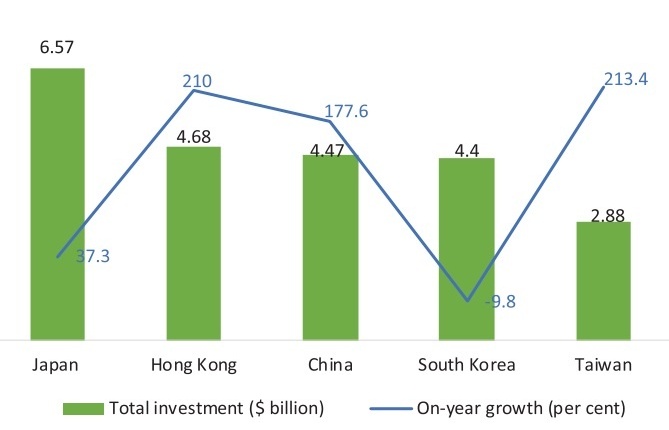


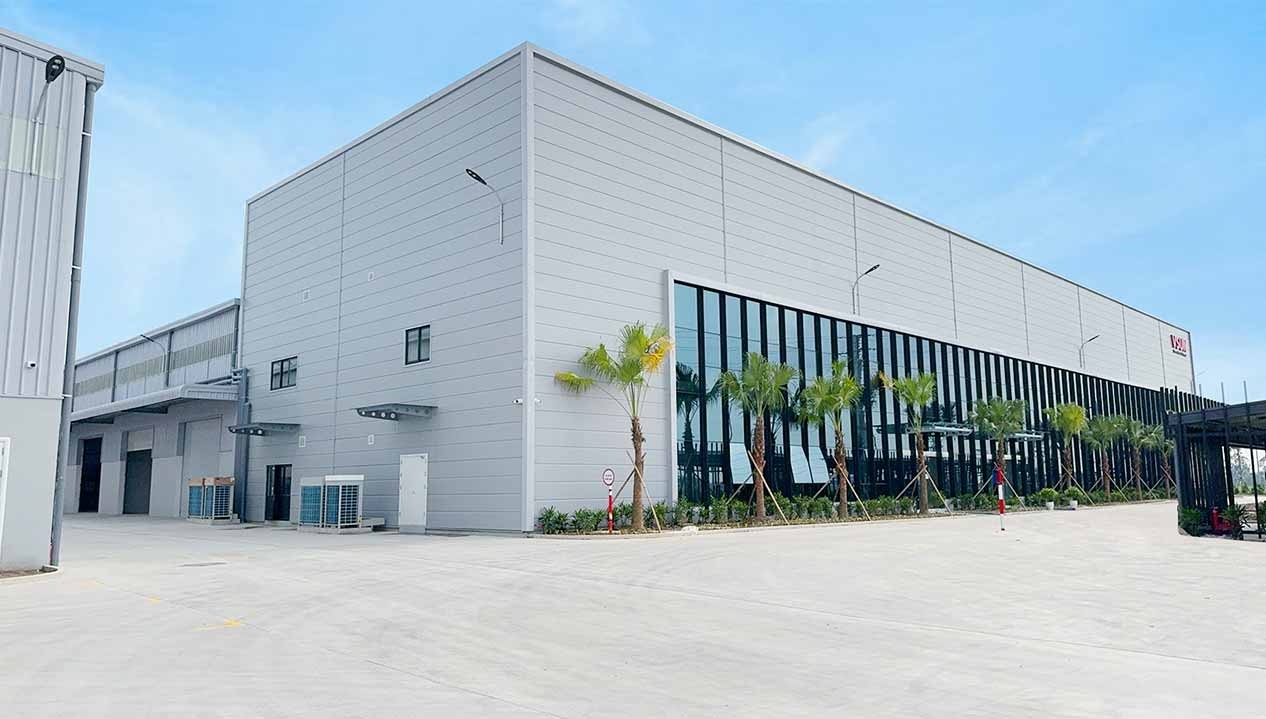
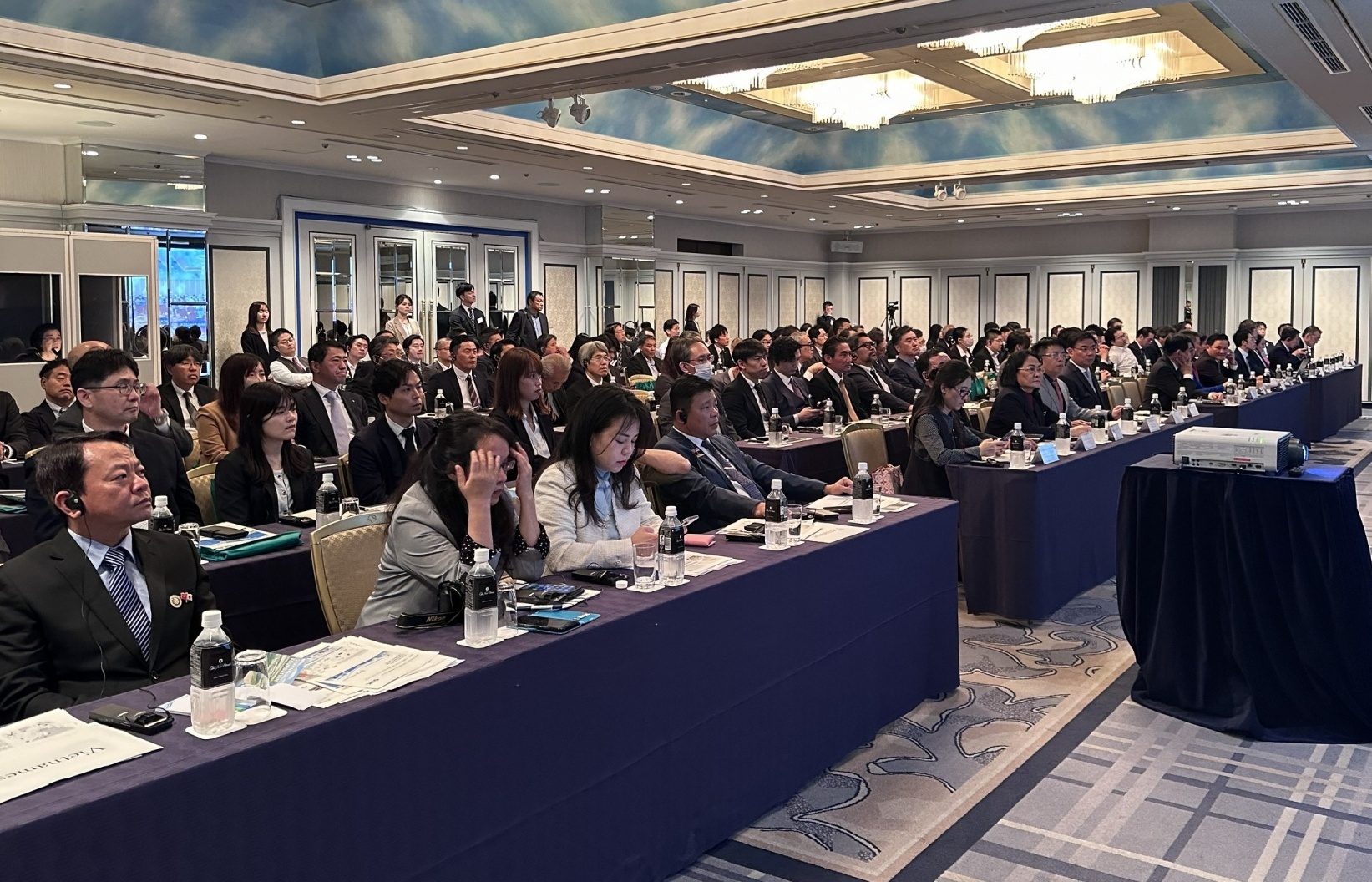
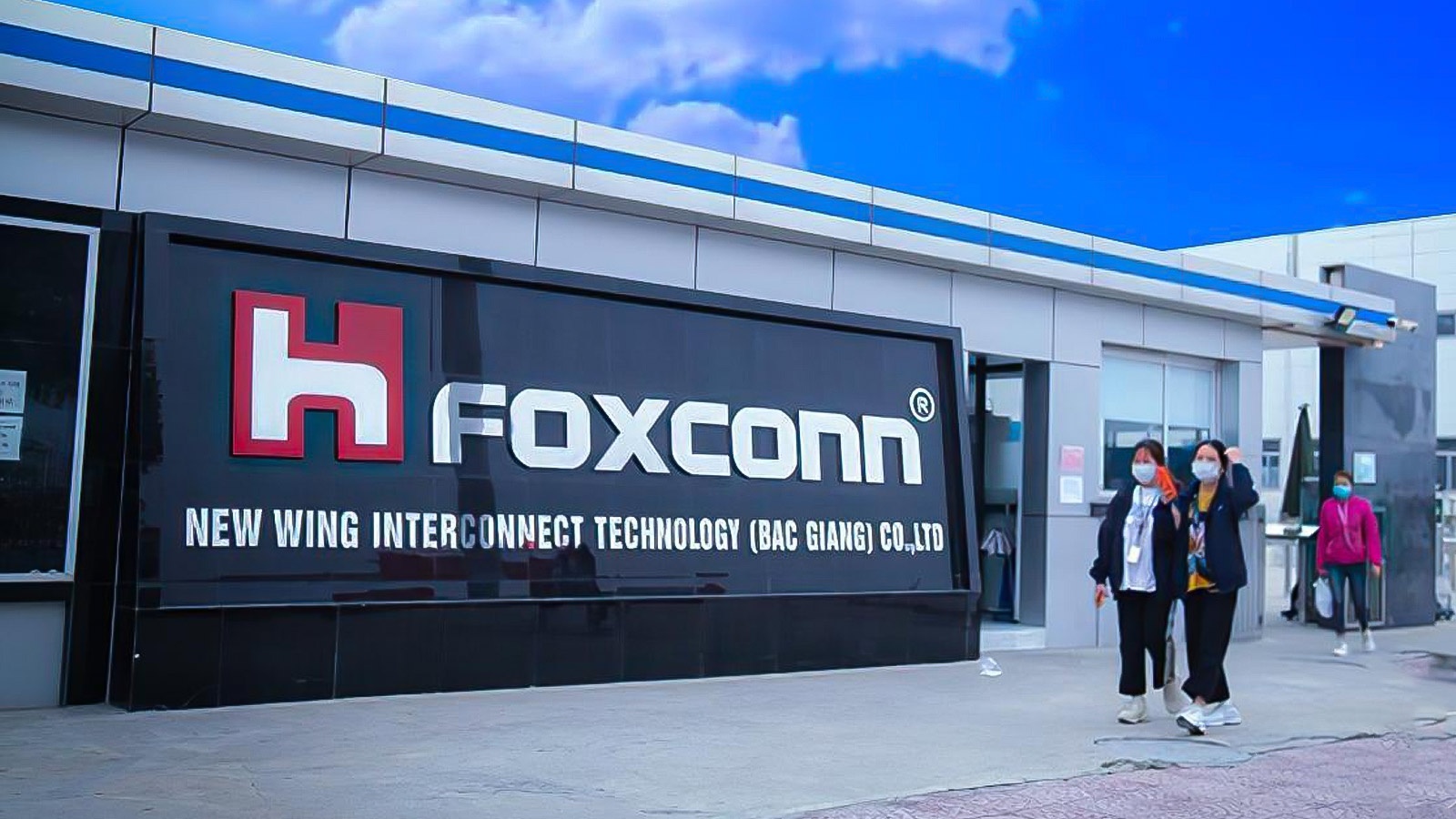
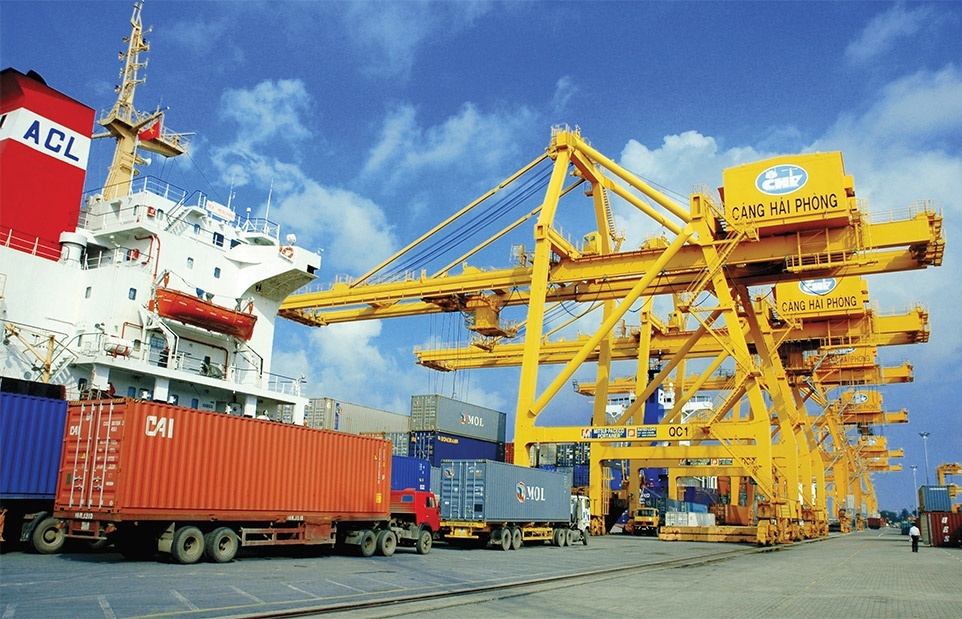
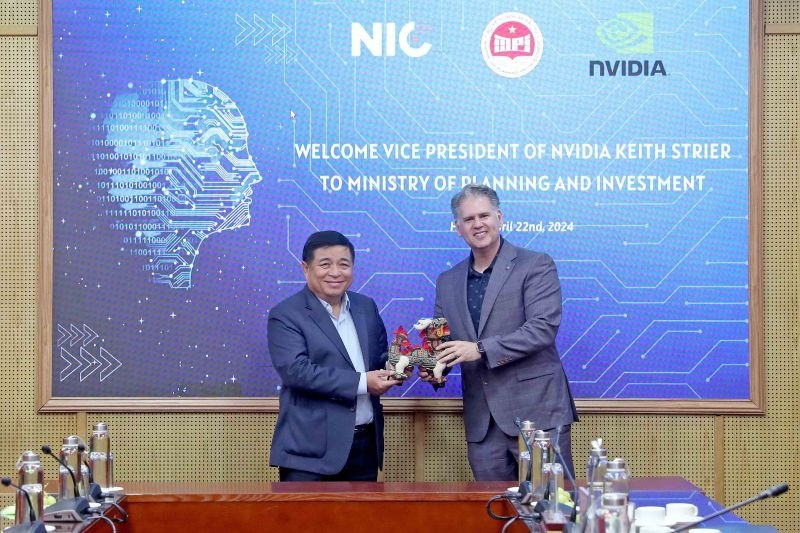


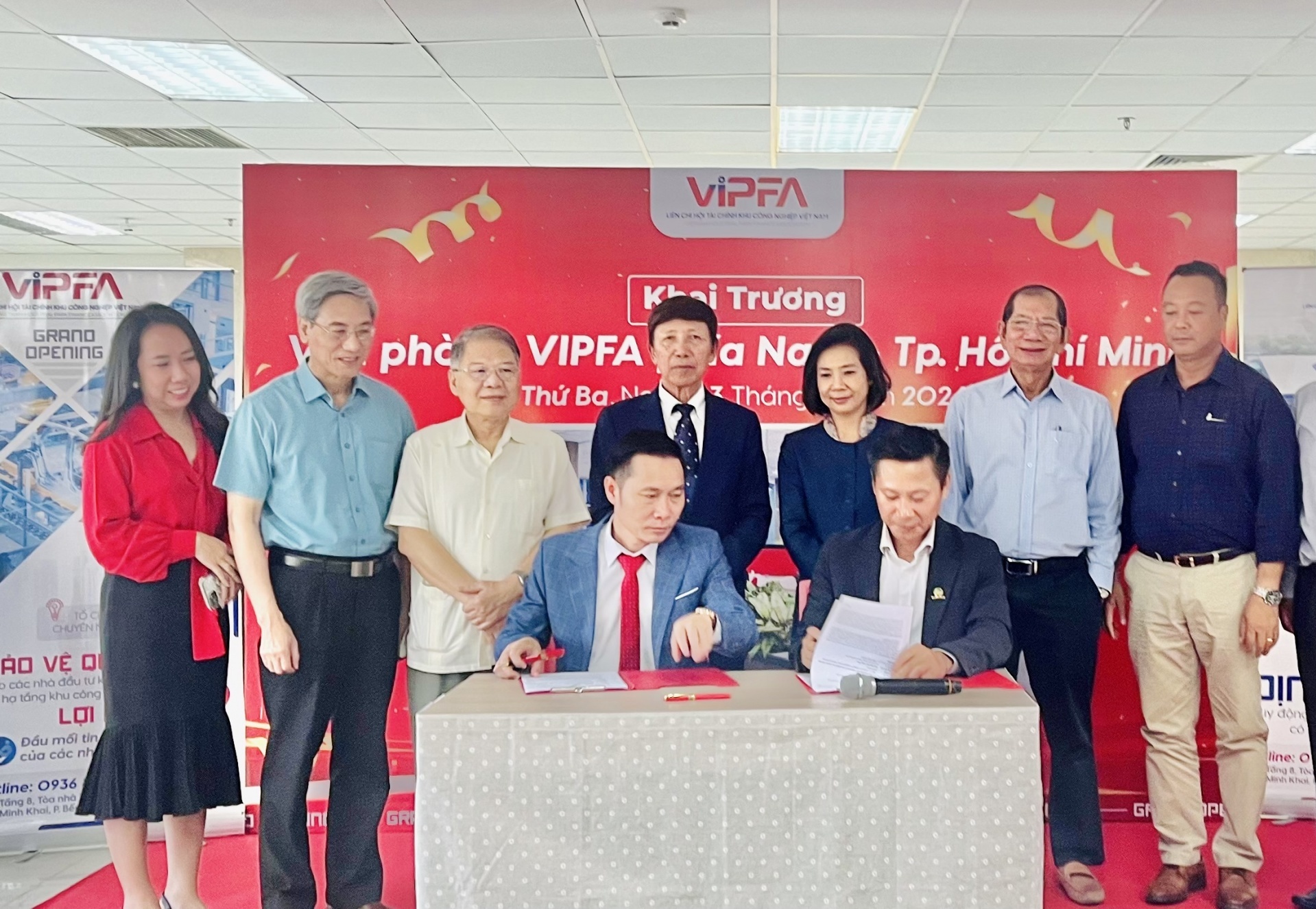


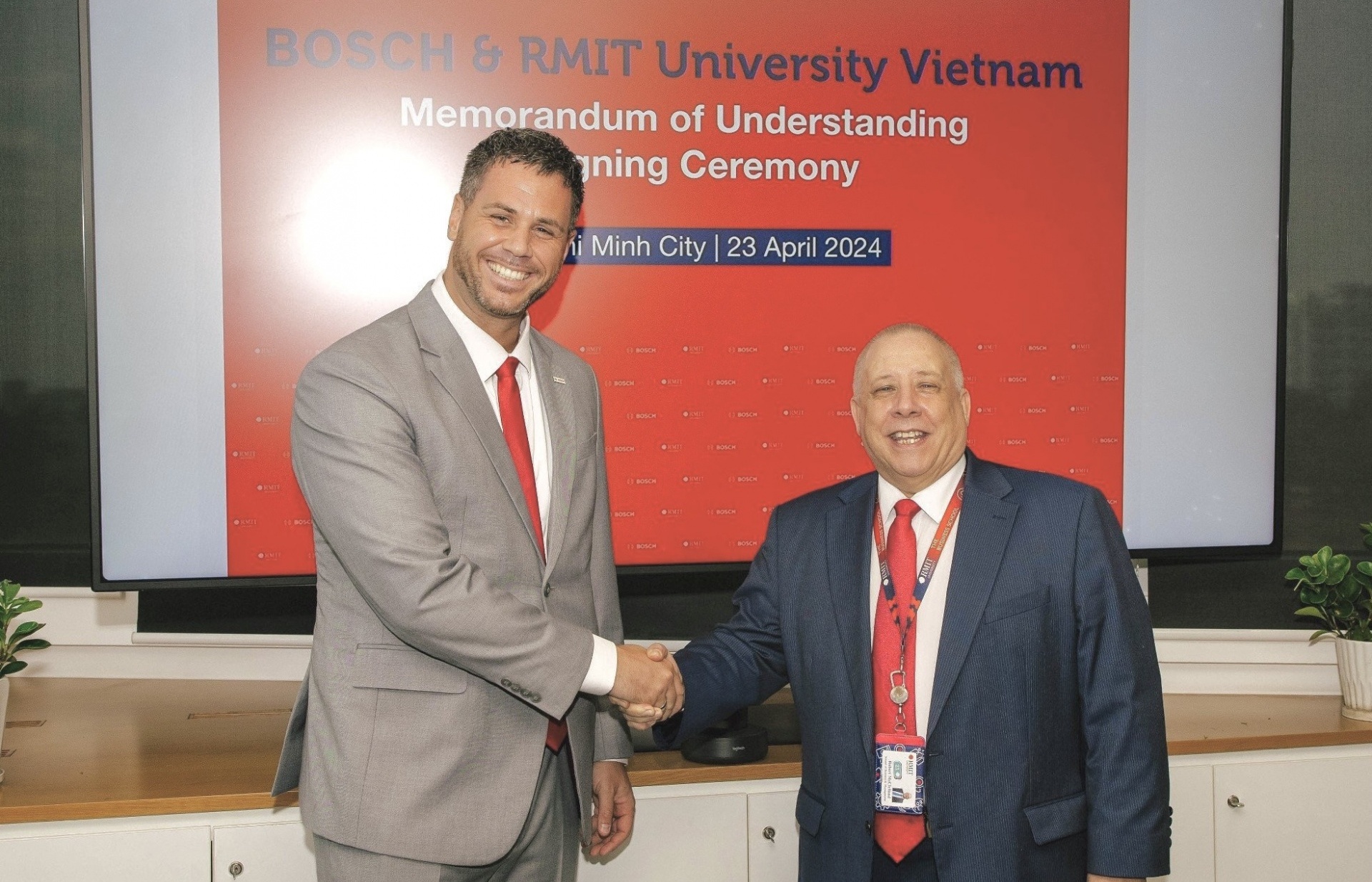



 Mobile Version
Mobile Version